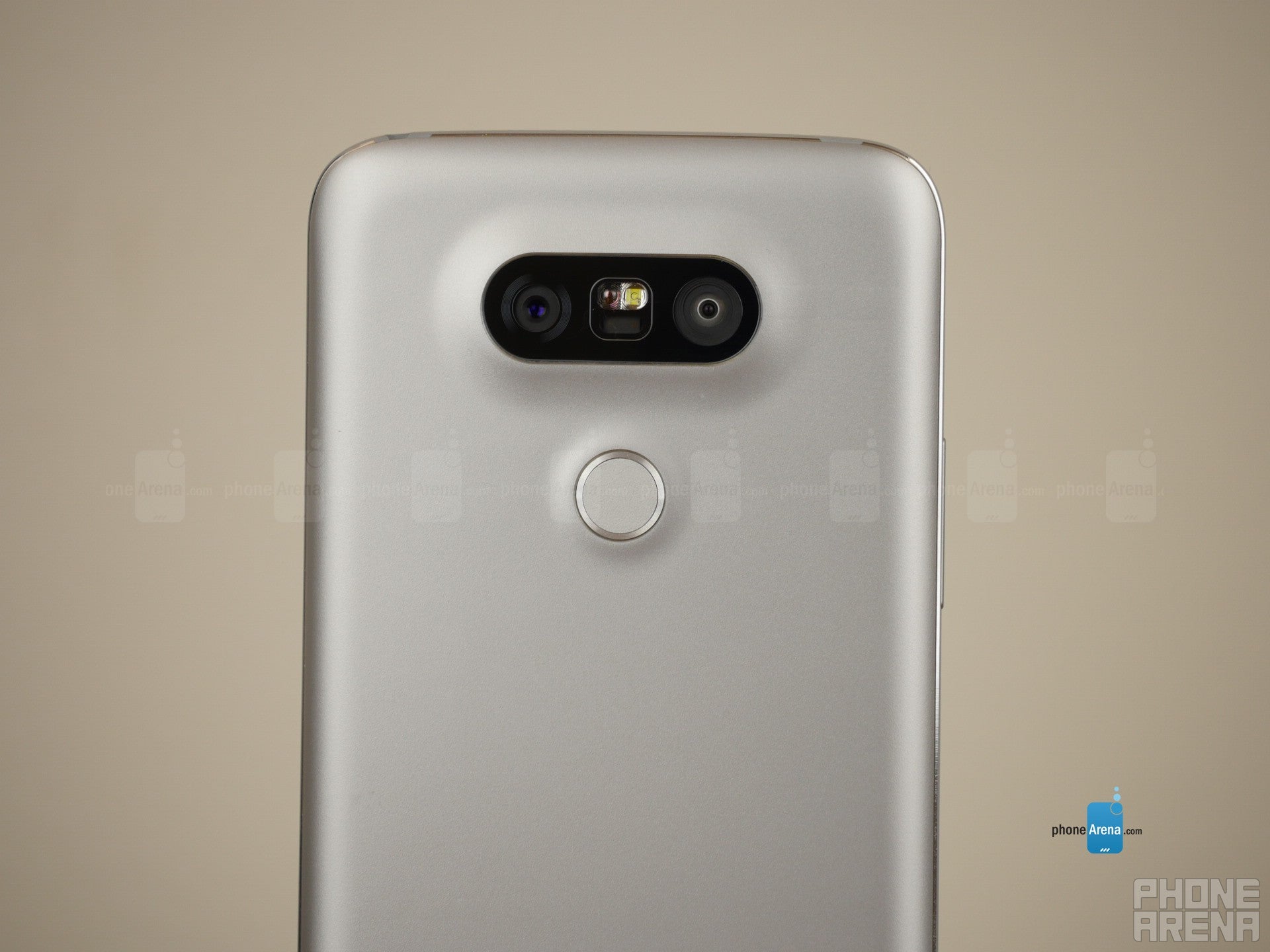LG G5 wide-angle camera: Practical or not?

From the front, the LG G5 looks very much like its smartphone brethren. We all clearly know by now that it’s a uniquely crafted phone, unlike anything we’ve seen before because of its ambitious modular design. While that might be one of its stronger selling points, the LG G5 boasts a ton of unconventional qualities that make it different from most of today’s crop of high-end smartphones. In particular, we have to flip it around to see yet another one of its notable features.
You’ll quickly take notice of its peculiar camera setup. Although it’s not a new thing to see two camera lenses fashioned into a phone, it’s nonetheless still a rarity to find often in the space – so it’s something that sparks interest. As we’ve been made aware during its official introduction, the dual-camera configuration of the LG G5 is there to offer a wider capture than your typical smartphone camera.
Wide angle cameras are nothing new either, but the majority of them are generally accompanied by the front-facing camera – where wide-angles are needed to get in a few more of those friends into your selfies. With LG’s interpretation, though, it now extends to the rear camera. We’ve been playing around with a pre-production version of the G5, so let’s dive in and find out exactly what it’s capable of achieving!
The hardware

There's the main, 1/2.6” 16-megapixel camera, with rather smallish, 1.12μm pixels, but wide, f/1.8 lens and optical stabilization—the same package available with the G4. But in addition, you're getting an extra, 8-megapixel unit with extremely wide field of view—135°, or more than that of the human eye. In effect, were you to put the LG G5 on your nose, it would capture more of the scene than you can see.
Usually speaking, manufacturers are mostly concerned about the performance of its cameras. However, considering that LG already did its part to build a solid reputation with the G4 last year, it makes sense for them to tackle its new flagship with something unconventional. Having earned its solid reputation for taking killer still images, you kind of expect the G5 to follow suit with its performance, but for this article, we’re going to talk more about the wide angle aspect.
More is better, right?
Apple did it. Samsung has seemingly followed suit as well with its newest flagship. Interestingly, though, LG has decided to keep the same megapixel count from before, so there’s no decrease to the LG G5’s arsenal. What’s really intriguing here is that they’ve opted to do something else with this dual-camera configuration. Now, I’m a fan of taking panoramic shots, especially at events to give you all a glimpse of the atmosphere. Most phones adopt the same interpretation, whereby it’s done by slowly panning left-to-right with the camera – or vice versa.
Naturally, panoramic shots are ideal to try and capture as much of the scene in front of you. The one major pitfall of it is that sometimes the stitching process can be botched by fast-moving subjects in the scene, resulting in some odd, and even unrealistic effects. And sometimes, we start to follow a slanted path as we’re panning across. So yeah, panoramic shots involve a bit of patience if you want them to come out perfect.
It’s a panoramic expert by default
That leads us to the practicality of the G5’s dual-camera configuration. Some people might think of the idea as a novel one, such how we’ve seen in the past with dual-cameras being used to cast post bokeh effects, but the G5’s wide-angle capture is useful in many situations – albeit, it comes with one expense. Rather than having to stay extremely still while panning, the G5 makes it a breeze to capture a decent looking panoramic shot. Instead, all that’s needed is to switch into its wide-angle mode, and from there, the interface zooms out to a wider view.
Simple, quick, and easy! That process beats the usual way we’re accustomed on our current devices, so it’s something worth nothing. There are obviously practical case uses when the dual-camera setup is ideal, such as in the event when you want to include a bunch more of your friends in a shot. Or maybe if you want to capture the entirety of a building, but don’t have enough room to capture it all unless you move farther back.
And you know what? If you want to get even more of the scene included in your shot, there’s still the option to go into the usual panoramic mode and even utilize the dual-camera setup to cover more of the scene.
Comparing it to another formidable smartphone, the recently release Galaxy S7, we can quickly see how the wide-angle of the LG G5 is more generous in covering the scene. Since this is a pre-production unit of the LG G5 we’re dealing it, we’re going to refrain from diving deeper into its quality. Instead, we’ll just leave it by saying that the dual-camera configuration undeniably has the scope to gather in areas that are otherwise not existent with the S7’s camera.
The one side effect
While there are plenty of scenarios and situations when its wide-angle capture proves valuable, there’s just one, single downside that affects its appearance. That, of course, is the noticeable fisheye-like distortion that accompanies the capture. It’s most prevalent around the edges, as the wide angle camera makes straight lines appear curved. At times, it reminds us of a perspective drawing, since it seems as though everything is being pulled into the horizon; the vanishing point to be exact.

The fisheye-like distortion of the wide-angle capture.
Needless to say, it’s the unintended result from being able to gather such a wider field of view than your typical smartphone camera, so some people might find the distortion a bit distracting. This is the single compromise that people are going to have to settle with the G5, seeing that there’s no way around it. Then again, this kind of distortion can be pretty trippy looking when you’re filming action or sports scene – similar to the fisheye look of video footage recorded by today’s action cameras.
Is this the right move?
LG doesn’t hide its intentions with the G5. It’s riddled from head-to-toe with some unconventional innovations. Right now, it’s really tough to say whether or not consumers will find the dual-camera setup something that’s practical to use. In our short time with this pre-production unit, we can agree that there are scenarios when the wide-angle capture is more ideal than the normal one. Regardless, it’s ultimately going to fall upon consumers to tell us if LG gambled correctly this time.

Follow us on Google News













Things that are NOT allowed:
To help keep our community safe and free from spam, we apply temporary limits to newly created accounts: